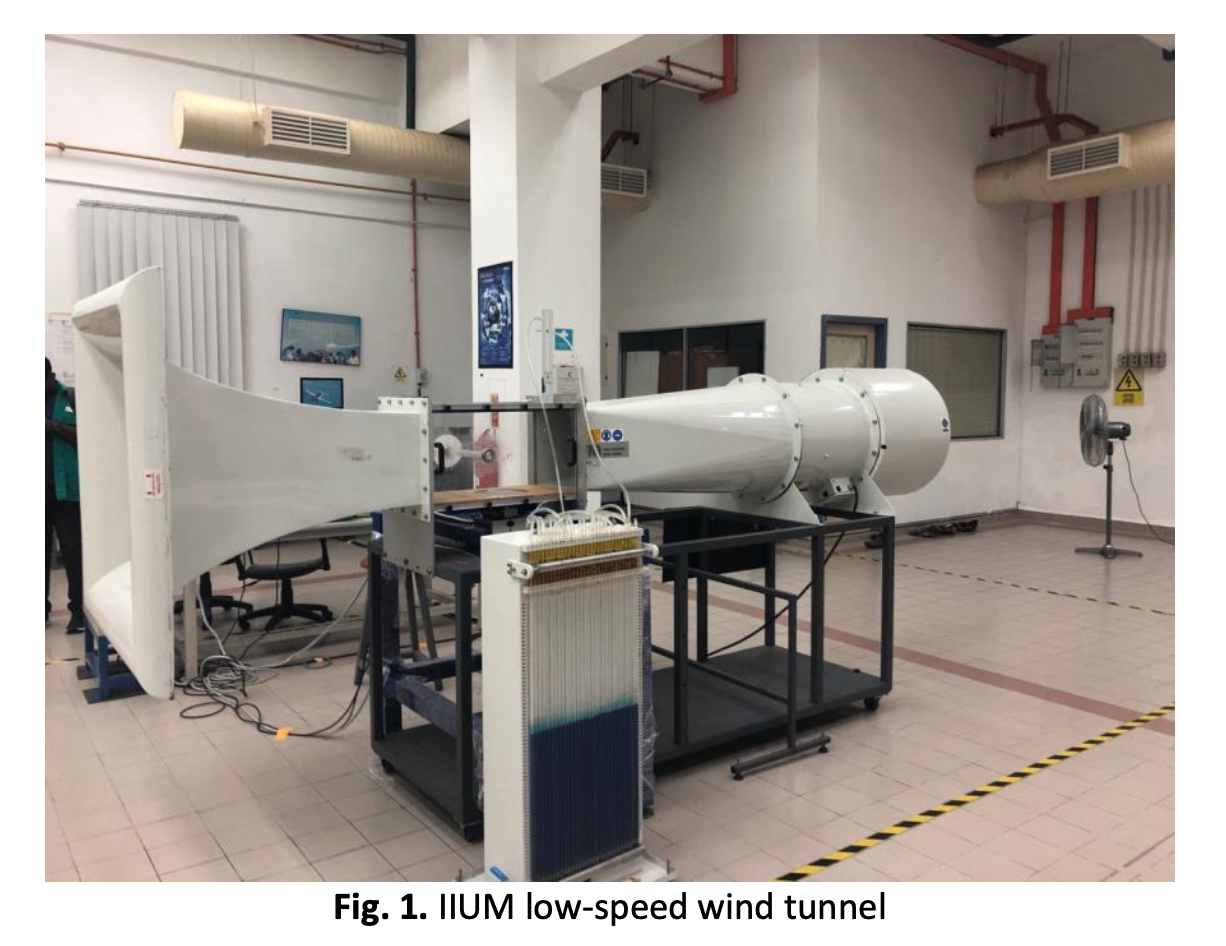Experimental Investigation on the Aerodynamic Parameters of Trailing Edge Wake Generators
DOI:
https://doi.org/10.37934/arfmts.116.1.116Keywords:
Aerodynamic parameters, NACA 0015 airfoil, low Reynolds number, experimentalAbstract
In the realm of aerodynamics, the investigation of airfoil performance stands as a critical domain, with an ever-growing emphasis on optimizing designs for enhanced efficiency. This study investigates the aerodynamic performance of a NACA 0015 airfoil featuring various trailing edges, including serration, comb, poro-serration, and comb-serration. The experiments were conducted in a wind tunnel at angles of attack ranging from -15° to 15° and Reynolds numbers of 1.5 x 105 and 2.0 x 105. To accurately quantify the forces and moments acting on the airfoil models, a calibrated six-component balance was utilized to measure the aerodynamic coefficients of each airfoil configuration. The lift coefficient (cl), drag coefficient (cd), and pitching moment coefficient (cm) are analyzed for the various trailing edge types and Reynolds numbers. Results indicate that the baseline model demonstrated better aerodynamic performance compared to other types of trailing edge. Most trailing edges, except the baseline, resulted in a decrease in the lift coefficient. However, at very low angles of attack, the airfoil showed an improvement in the maximum lift coefficient. Most trailing edges exhibited an increase in the drag coefficient at a Reynolds number of 1.5 x 105. However, at a Reynolds number of 2.0 x 105, the drag coefficient showed a similar trend as the baseline. All types of trailing edges, including the baseline, displayed a similar trend in the pitching moment coefficient. When evaluating the lift coefficient to drag coefficient ratio, all trailing edges generally performed similarly at all Reynolds numbers. In general, the baseline model emerges as the optimal choice, showcasing superior aerodynamic characteristics across the evaluated parameters.
Downloads

































